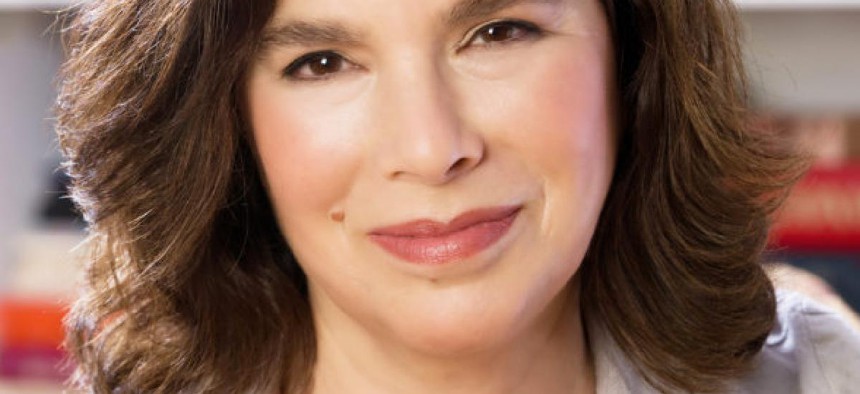A mental health crisis is bubbling as the coronavirus pandemic and related economic distress continues to affect New Yorkers. Nearly half of American adults have reported that fears about the virus have worsened their mental health, according to a poll from the Kaiser Family Foundation. Depression, anxiety and even post-traumatic stress disorder are expected to increase across the country. And for people who have already been battling mental illnesses, their conditions may worsen.
City & State spoke with Susan Herman, director of the Mayor’s Office of ThriveNYC, during our webinar on Tuesday about how New York City should be supporting residents’ well-being throughout the crisis. This interview has been edited for length and clarity.
What is the mental health impact of the coronavirus?
I think it’s important to realize that it’s common to be sad or anxious during a situation like this. But just to make it a little more concrete, I think that losing loved ones and maybe losing a job and being worried about whether you can afford food or whether you can afford rent, those are very concrete things that have happened to hundreds of thousands of people and that produces depression and anxiety. On top of that, we have more social isolation. Aging New Yorkers are particularly vulnerable to depression and loneliness. Our front-line workers and our essential workers who are out every day risking their lives and many of them, particularly our health care workers, are exposed to a level of death and trauma and grief that they’ve never experienced before.
We are encouraging people to call our help line, 1-888-NYC-Well or to get on the NYC Well site. We saw about a 25% increase between February to March in incoming contacts, and then again another increase in April and another increase in May.
ThriveNYC has come under scrutiny in recent years. Gary Belkin, who helped create ThriveNYC, wrote a piece for us in March and said: “Those critical of ThriveNYC for not doing enough for serious mental illness actually demand too little, and aim way too low. Narrowing, rather than finally broadening, the scope of what the mental health system is tasked and resourced to do, heads in the wrong direction.” Any reaction to that?
I think what Dr. Belkin was getting in that piece was that in order to really focus on mental health appropriately in New York City, we chose to look across the lifespan and to try and address mental health needs as they emerge when you’re a child and a student so that some of the problems people face as adults could be averted.
What we’ve done of the last 15 months that the city has had this mayoral office for the first time in its history focusing on mental health is to try to define the categories of our work and show that we not only have reached hundreds of thousands of people but what the outcomes are. We are not a mental health system. That exists, that is mostly through our health department and Health + Hospitals. Most of the funding for mental health in New York City before Thrive came either through the state or the federal government. That is still true, except that Thrive is invested in trying to fill critical gaps in our mental health system.
Where we had all mental health focused primarily in Health + Hospitals and the Department of Health (and Mental Hygiene), we are now supporting programs in 12 different city agencies. The money goes directly from our budget department to those city agencies. It doesn’t come through Thrive – it goes directly to those agencies. What we do is to provide oversight, to make sure they are measuring what they are doing and they are staying clear to the model that they proposed. Over this year, we have not only been putting out output measures – meaning how many people do we reach regularly – but we created 90 outcome measures for all of our programs. Any New Yorker can get on to our website, look at our budget and look at all of our metrics. In my view, it’s kind of old news to say we haven’t clarified what we do or what our metrics are. They’ve been up on our website for several months.
Telemedicine, telehealth – do you think this is a pivotal shift, that a significant part of the population will adopt this and providers will adopt telemedicine?
I do believe that many people who are hesitant about that first visit, or talking to somebody – and also the time and expense it takes to go somewhere – will engage in telemental health and telehealth. For some, that will be the entire way they relate to a therapist or a counselor. And others will begin that way and move to in-person or be able to go back and forth. But I don’t think we’re ever going to go completely back to not using telehealth at all.
NEXT STORY: WFP’s new leader for a new age


